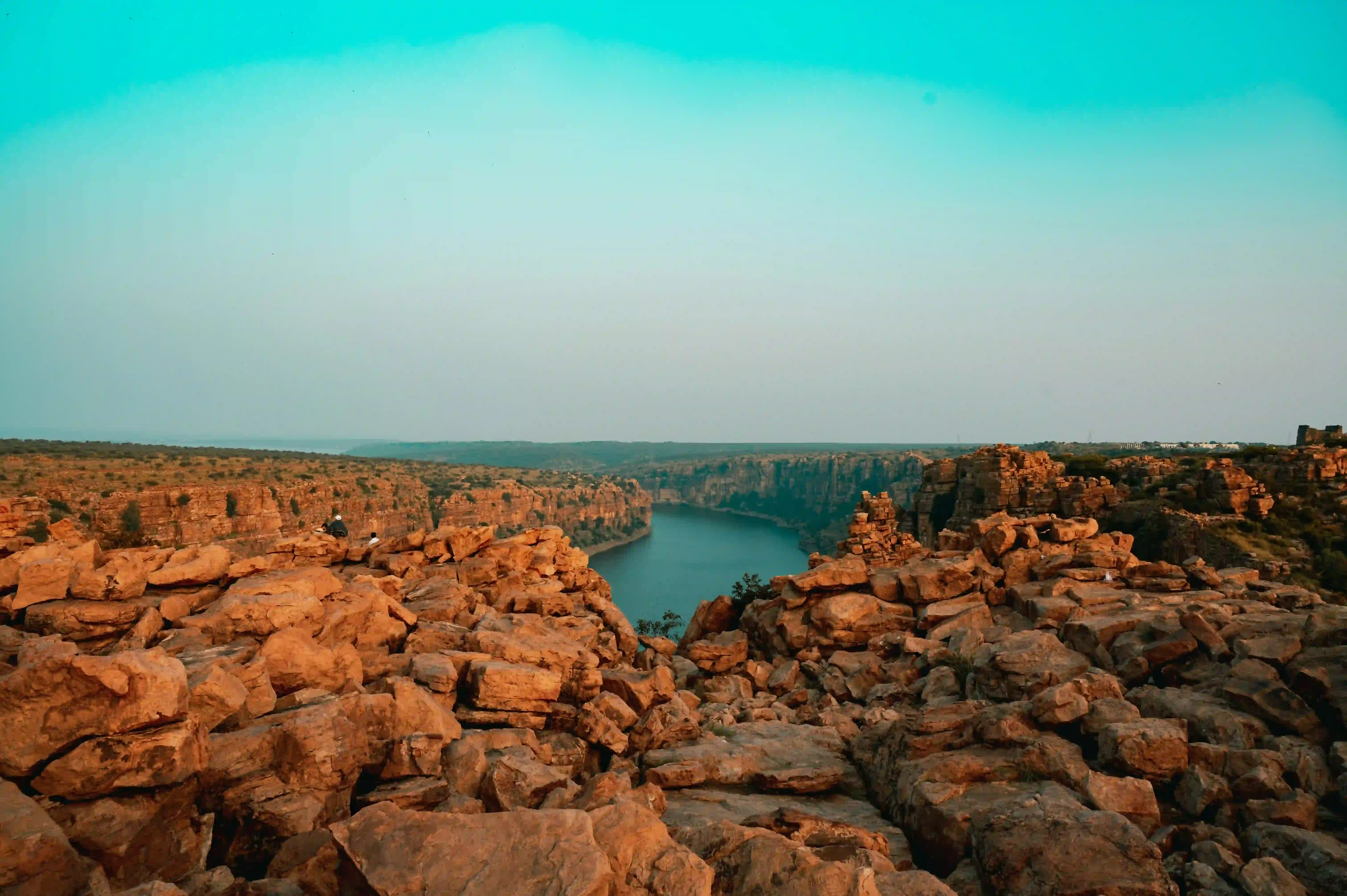Taptapani emerges as a remarkable natural sanctuary in the heart of Odisha, offering visitors a profound connection with both geological wonder and cultural richness. Situated in the Sanakhemundi Block of Ganjam district, this destination is defined by its extraordinary hot sulfur springs, which rise from the eastern slopes of the Eastern Ghats, creating a landscape that seamlessly blends natural beauty with geological intrigue.
The geological formation of Taptapani's hot springs represents a fascinating interplay of subterranean thermal activity and mineral composition. These natural thermal waters emerge from deep underground, carrying trace minerals that contribute to their reputed medicinal properties. Local communities have long recognized these springs as more than mere geological phenomena, attributing healing and spiritual significance to their warm, sulfurous waters.
The surrounding ecosystem plays a crucial role in Taptapani's environmental narrative. Dense forests envelop the hot springs, creating a vibrant habitat for diverse wildlife and plant species. The forest department's carefully maintained deer park further enhances the area's ecological significance, providing a protected environment for these graceful creatures and serving as a microcosm of the region's rich biodiversity.
Indigenous tribal communities have historically maintained a profound relationship with this landscape, integrating the hot springs into their cultural and spiritual practices. Their traditional knowledge and environmental stewardship have been instrumental in preserving the natural integrity of the region. These communities view the hot springs not merely as a geological feature but as a sacred space that embodies the interconnectedness of human experience and natural systems.
Conservation efforts have been pivotal in protecting Taptapani's ecological and cultural heritage. The Wildlife (Protection) Act of 1972 and subsequent environmental regulations have provided a legal framework for preserving the area's natural resources. These legislative measures have been critical in maintaining the delicate balance between tourism, local community needs, and environmental preservation.
The infrastructure at Taptapani is deliberately minimalist, designed to complement rather than dominate the natural landscape. The Panthanivas tourist facility offers comfortable accommodations that provide stunning views of the surrounding valley, demonstrating a thoughtful approach to architectural integration with the environment. Simple, locally-inspired design elements ensure that visitor experiences remain intimately connected with the site's natural beauty.
Tourism has emerged as a significant dimension of Taptapani's contemporary identity. Visitors are drawn not only by the hot springs' reputed medicinal properties but also by the opportunity to immerse themselves in a landscape that represents the convergence of geological wonder, ecological diversity, and cultural heritage. The site offers a unique destination that transcends conventional tourist experiences, inviting deeper engagement with natural and cultural systems.
The broader significance of Taptapani extends beyond its immediate geographical boundaries. It serves as a testament to the intricate relationships between geological processes, ecological systems, and human cultural practices. As a microcosm of Odisha's rich natural and cultural landscape, this site continues to inspire conservation efforts, scientific curiosity, and profound appreciation for the complex systems that shape our environmental experience.




